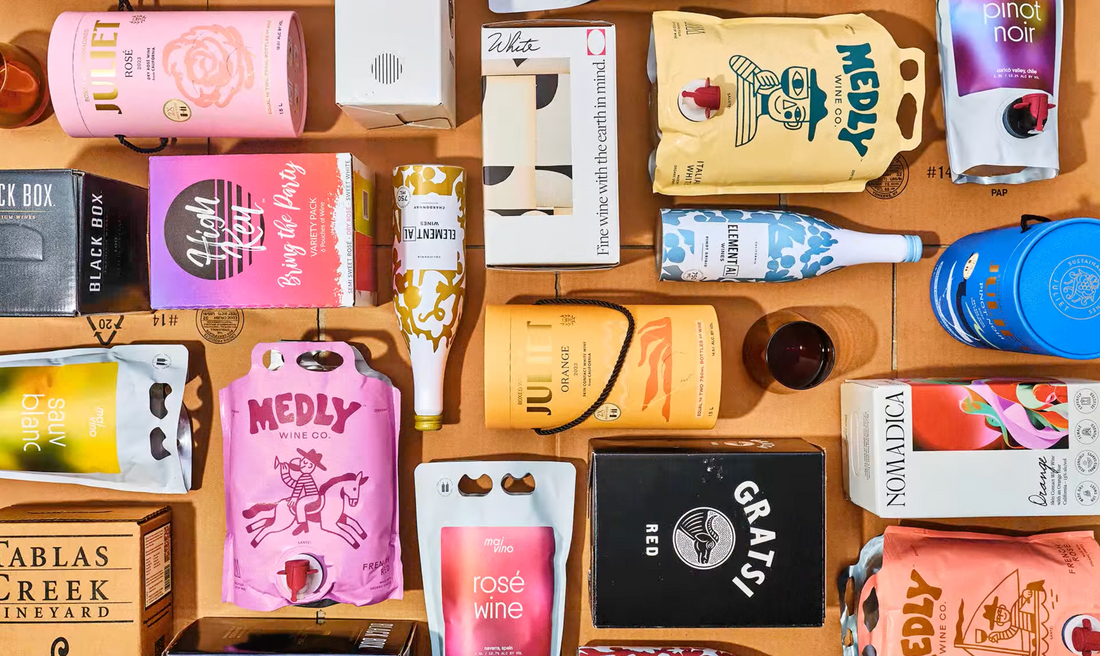
The Environmental Impact of Glass Bottles
The wine industry is undergoing a significant transformation, embracing alternative packaging solutions that challenge the traditional glass bottle. This shift is driven by environmental concerns, cost considerations, and changing consumer preferences. But how do these new packaging methods measure up in terms of quality, sustainability, and practicality?
The Environmental Impact of Glass Bottles
Traditional glass wine bottles, while classic, have a substantial environmental footprint. Their production is energy-intensive, and their weight contributes to higher transportation emissions. A 2020 study by the California Wine Institute found that glass bottles account for 29% of a wine's carbon footprint, with transportation adding another 13%. This has prompted winemakers and consumers to explore more sustainable alternatives.
Emerging Alternative Packaging Options
Boxed Wine: Boxed wines have evolved beyond their past reputation for inferior quality. Brands like La Vieille Ferme offer boxed wines that maintain the same quality as their bottled counterparts. These boxes are not only cost-effective but also have a lower carbon footprint and extend the wine's shelf life by preventing oxidation. A three-liter box, equivalent to four standard bottles, is priced around $20, making it an economical choice for consumers.
Canned Wine: Canned wines are gaining popularity, especially for their convenience and portability. They are ideal for outdoor activities and single servings, reducing the need to open a full bottle. Additionally, aluminum cans are lightweight and recyclable, contributing to a smaller environmental footprint.
Paper Bottles: Innovations like the GreenBottle introduce wine bottles made from molded paper with a thin plastic lining. These bottles are significantly lighter than glass, reducing transportation emissions, and are compostable, addressing landfill concerns associated with traditional packaging.
Wine on Tap: Some establishments are adopting wine-on-tap systems, using kegs to serve wine by the glass. This method reduces packaging waste and ensures that each pour is fresh. For example, Crush'd Wine Bar + Kitchen offers 24 wines on tap, emphasizing sustainability and reducing waste through the use of kegs instead of traditional bottles.
Quality Considerations
A common concern with alternative packaging is the potential impact on wine quality. However, many producers ensure that the wine's integrity remains uncompromised. For instance, La Vieille Ferme uses the same high-quality grapes for both their bottled and boxed wines, offering red, white, and rosé varieties that are consistent in taste and quality.
Consumer Perception and Market Trends
Consumer attitudes toward alternative wine packaging are shifting positively. The convenience, sustainability, and often lower costs associated with these options appeal to a broadening market. Retailers are expanding their selections to include wines in various packaging formats, reflecting this growing demand.
Conclusion
Alternative wine packaging offers viable, eco-friendly, and quality-preserving options that cater to modern consumers' preferences. As the industry continues to innovate, embracing these alternatives can lead to a more sustainable and enjoyable wine experience.
